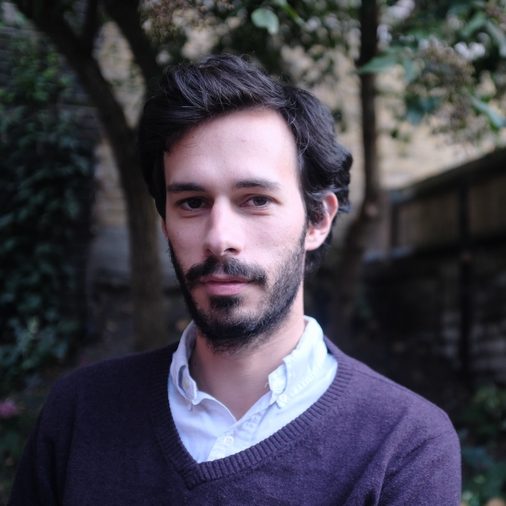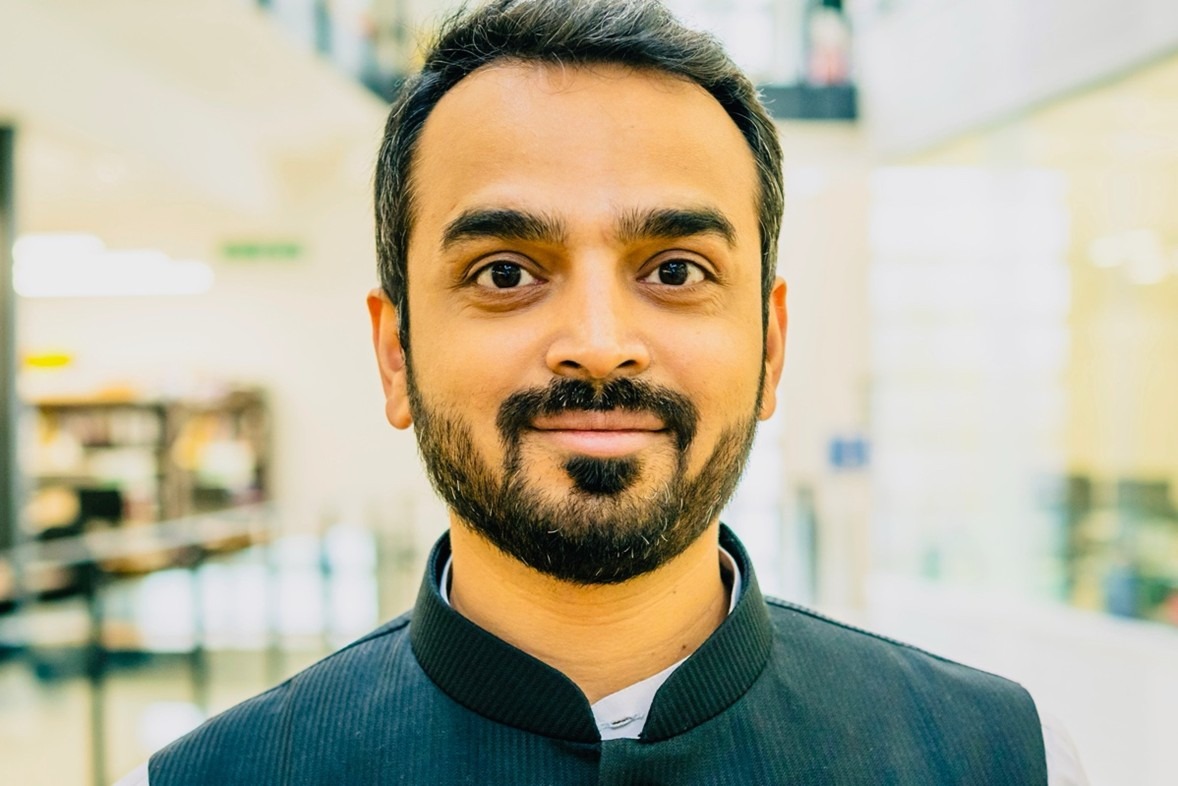We live in an era where software threatens to eat the world pushing humans to become ever more efficient, faster and logical; ultimately more machine-like.
Digital artist Brendan Dawes shows how he rallies against such notions and instead embraces uncertainty, unplanned exploration and the joy which comes from just making something for its own sake to create coded, generative systems which make art across multiple media from ink plotted prints to AI driven digital collectables to a feature length documentary that has 52 quintillion versions of itself.
Brendan Dawes’ Bio
Brendan Dawes is a British artist, designer, and technologist known for his innovative work at the intersection of art, design, and technology. He is particularly recognised for creating interactive and data-driven art, where he combines creativity with modern digital technologies to explore and visualize complex information in artistic ways. By blending code, found objects, and tactile interfaces, he creates works that invite audiences to consider the poetry hidden in mundane moments and the hidden structures within complex data.
In 2024 he collaborated with American film maker Gary Hustwit to make the world’s first generative film, about the musician, producer and artist Brian Eno. The film, titled Eno, is unique every time it is viewed, with 52 quintillion possible versions. The film premiered at the Sundance Film Festival in 2024 and was later shortlisted for the Academy Award for Best Documentary Feature.
Exhibited globally, his acclaimed piece Cinema Redux is part of MoMA’s permanent collection, whilst his works have been auctioned at both Sotheby’s and Christie’s. A Lumen Prize alumnus, he is a Visiting Professor of Computational Art at Manchester Metropolitan University and is represented by Gazelli Art House, London.












